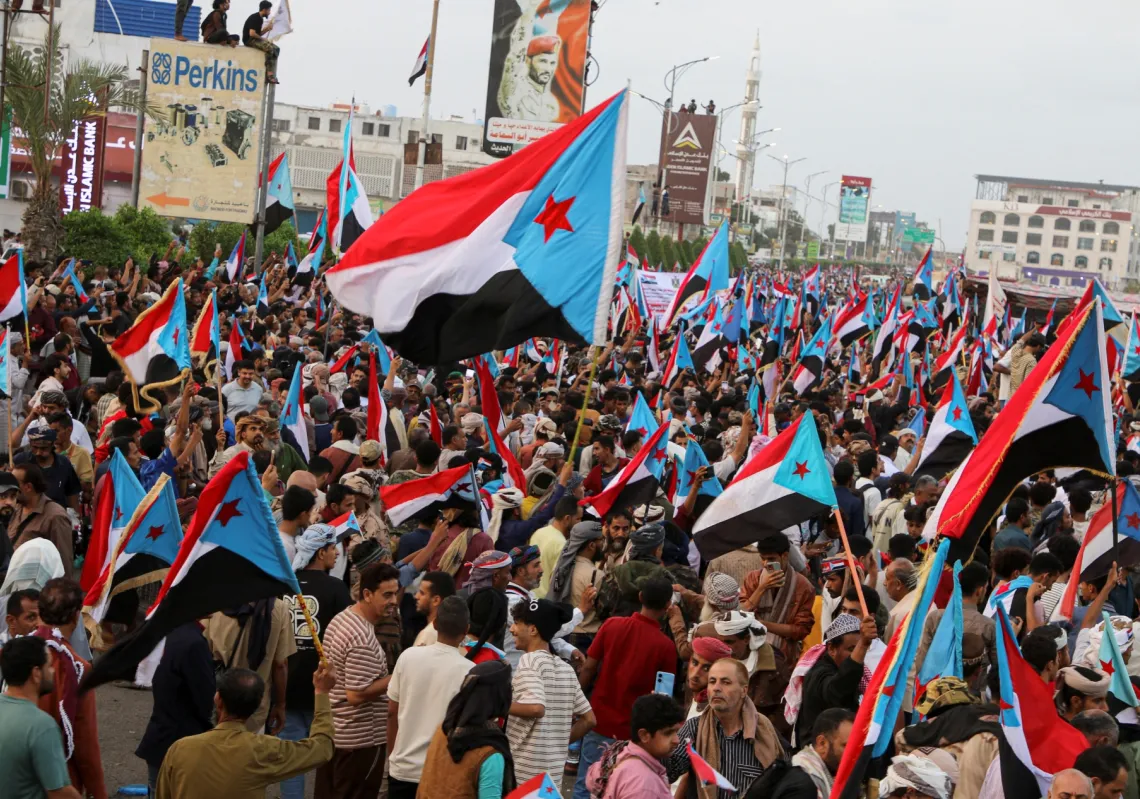The story of unemployment can only be partially told in numbers. Hidden behind claimed figures are real people, suffering from the consequences of joblessness.
In Iran, it is even more difficult to get clarity, because official statistics lack transparency and credibility. Some newspapers, which occasionally shed some light on an otherwise hidden economic and social situation, have recently drawn attention to the problem.
The publication Sharq criticised data issued by President Ibrahim Raisi's government which claimed Iran’s unemployment rate dropped, prompting Minister of Labour Sowlt Mortazavi to claim "the government has achieved its objectives in the employment and labour sector."
His words contrasted with the general feeling in Iran over the jobs market. The newspaper’s report did not endorse the remarks.
It said: “The Minister of Labour claimed that the unemployment rate has fallen below 10% and unemployment has fallen in 24 provinces across the country, a record high in the last decade."
"The government was able to create 720,000 sustainable jobs from summer 2021 to summer 2023. These statements came at a time when the government had pledged to create one million jobs annually.”
Sharq added: "The government and its supporters claim that their policies have led to a decrease in the number of the unemployed, based on the parliament-affiliated Statistical Centre of Iran, which announced in spring of 2023 that the unemployment rate among citizens over 15 years old fell by one percentage point compared to the same period of the previous year and reached 8.2%.
“They also reported that the labour force participation rate rose by 3%, reaching 41.2% over the same period. This is not the first time that government supporters have boasted about the decline in the unemployment rate and called it an ‘achievement’."
"In spring 2023, the Ministry of Labour announced an unprecedented decrease in the unemployment rate in the past 20 years, accompanied by an increase in the workforce, adding that the government had kept its promises.”
Sharq asked: "Why do these claims not match the facts on the ground?"
Hamid Haj Ismaili, an expert in the business sector, has an answer: "Statistics in Iran do not have specialised and accurate conditions and rules. We sometimes find fundamental contradictions between the central bank's statistics and the parliament-affiliated Statistical Centre of Iran, which indicates that the statistical approach in Iran lacks the necessary precision."
“The Statistical Centre of Iran also considers individuals who work two hours per week as part of the labour force, based on the International Labour Organization's definition."
"However, this definition may be valid in other countries, but it does not apply to Iran due to its special circumstances, types of jobs and limited wages. In Iran, the labour force has to work more than ten hours a week in order to be able to make a living.”














